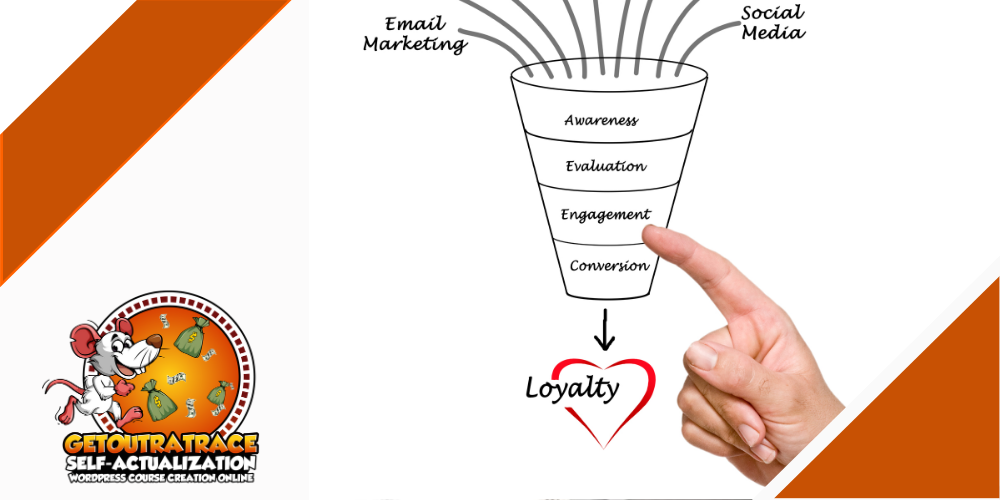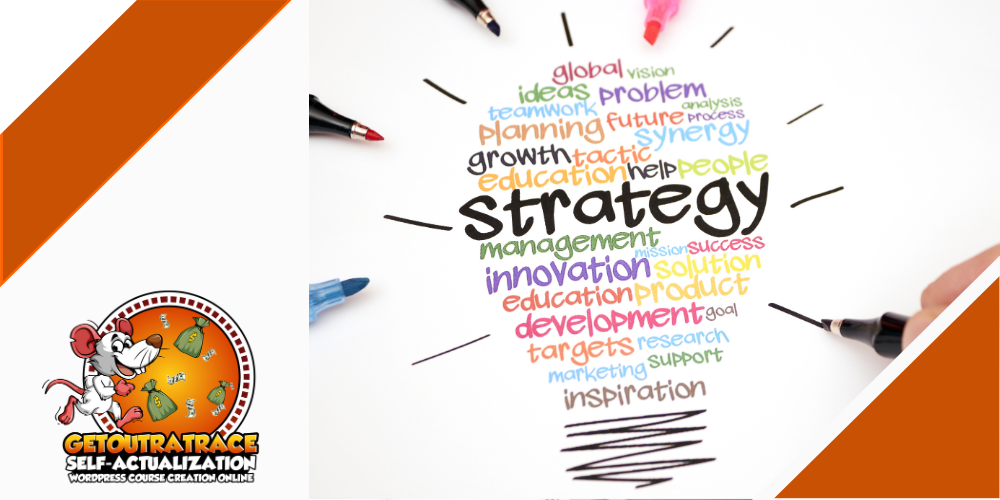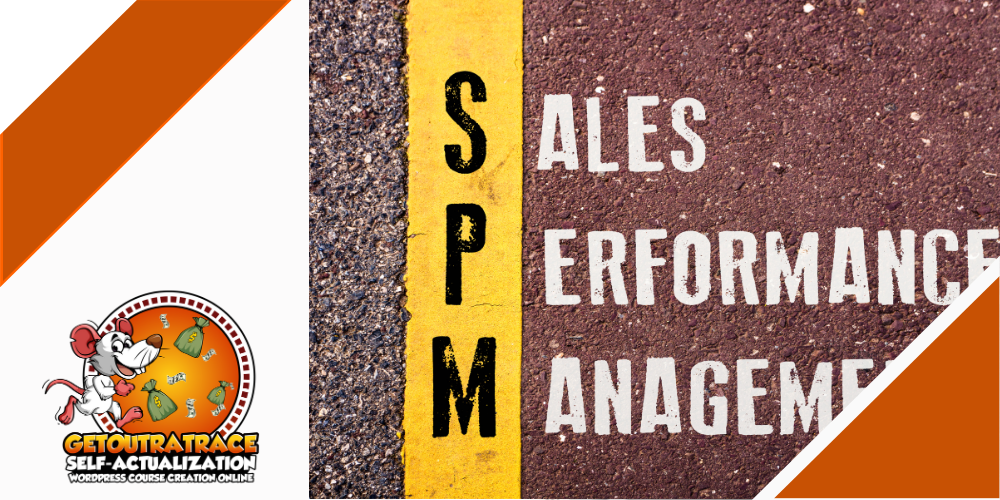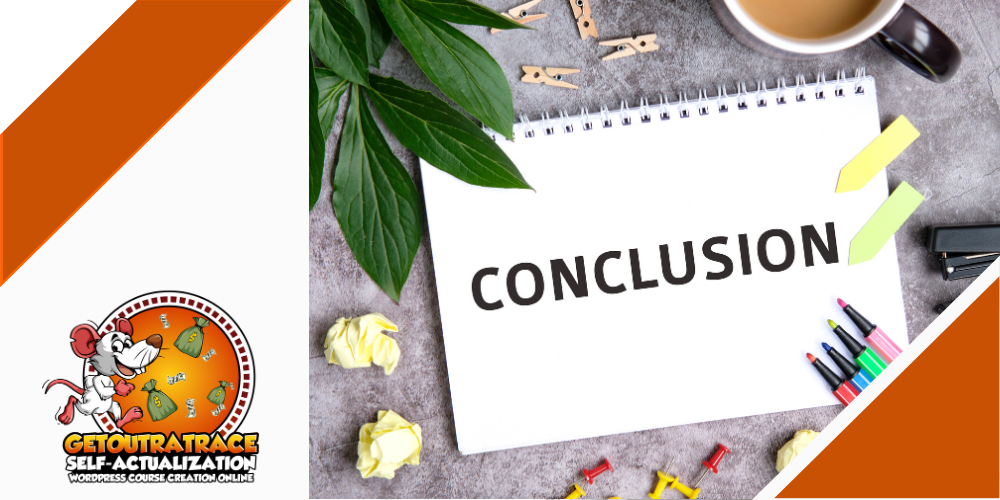SELF ACTUALIZATION
Create a website platform from your passion.
Like a driver’s license, it unlocks numerous opportunities for monetization.
Phone number
07729 866 544

Hey there, fellow entrepreneur! So, you’ve heard about sales funnels, huh? Maybe you’re wondering what they are, why they matter, and how to make the most out of them. Well, you’re in the right place! In this comprehensive guide, I’ll walk you through everything you need to know about sales funnels – from understanding their components to identifying the best strategies and evaluating their performance. So, let’s dive right in!
Alright, let’s start with the basics. A sales funnel is essentially a step-by-step process that potential customers go through to become paying customers. Picture it like a real-life funnel – wide at the top and narrow at the bottom. At the top, you’ve got all your potential customers, and as they move through each stage of the funnel, some drop off, leaving you with those who are truly interested and ready to buy.
Now, you might be thinking, “Why do I need a sales funnel?” Well, my friend, let me tell you – a well-designed sales funnel is like having a superpower for your business. It helps you attract, engage, and convert leads more effectively, ultimately leading to more sales and revenue. Plus, it allows you to nurture relationships with your customers, turning them into loyal advocates for your brand.
So, what makes a sales funnel effective? It’s all about understanding your audience, providing value at every stage of the journey, and continuously optimizing based on data and feedback. Think of it as a dynamic process that evolves with your business and your customers’ needs.
This is where it all begins – grabbing the attention of your target audience and making them aware of your brand and what you have to offer. You can do this through various channels like social media, content marketing, and advertising.
Once you’ve got their attention, it’s time to keep them engaged and educate them about your products or services. This could involve providing valuable content, offering free trials or demos, or hosting webinars or workshops.
Now comes the fun part – turning those interested prospects into paying customers. This is where you make your pitch, highlight the benefits of your offerings, and address any objections they may have.
Congratulations, you’ve made the sale! But it doesn’t end there. To keep your customers coming back for more and singing your praises to others, you need to provide exceptional service, deliver on your promises, and continue to add value post-purchase.

Know thy audience! Take the time to understand who your ideal customers are, what motivates them, and where they hang out online. This will help you tailor your messaging and tactics to resonate with them.
Not all channels are created equal. Figure out which ones your target audience prefers and focus your efforts there. Whether it’s social media, email marketing, search engine optimization, or good old-fashioned networking, choose the platforms that will give you the biggest bang for your buck.
Content is king, baby! But not just any content – it has to be relevant, valuable, and tailored to each stage of the buyer’s journey. Whether it’s blog posts, videos, case studies, or email newsletters, make sure you’re providing the right information at the right time.
Patience is a virtue, especially when it comes to nurturing leads. Don’t expect everyone to buy from you right away. Instead, focus on building relationships, providing value, and staying top-of-mind until they’re ready to make a purchase.
Ain’t nobody got time to manually send out emails and follow-ups all day! That’s where marketing automation comes in. Whether it’s scheduling social media posts, segmenting your email list, or tracking customer interactions, automation can save you time and help you scale your efforts.

You can’t improve what you don’t measure! Keep a close eye on metrics like conversion rates, customer acquisition cost, and customer lifetime value to gauge the effectiveness of your sales funnel and identify areas for improvement.
What works for one audience might not work for another. That’s why it’s important to test different elements of your sales funnel – like headlines, calls-to-action, and pricing – to see what resonates best with your audience and drives the most conversions.
Continuous improvement is the name of the game. Once you’ve identified areas of weakness in your sales funnel, don’t be afraid to tweak, test, and iterate until you find what works best for your business.
Let’s take a look at some real-world examples of businesses that have nailed their sales funnels. From e-commerce giants to SaaS startups, these companies are doing it right – and you can learn a thing or two from their success.
What strategies are these businesses employing to attract, engage, and convert customers? We’ll break down their tactics and techniques so you can see exactly what’s working for them – and how you can apply similar principles to your own sales funnel.
Alright, time to distill all that knowledge into actionable takeaways. Whether it’s the importance of personalization, the power of social proof, or the effectiveness of email marketing, there’s something here for everyone to learn from.

Phew, we covered a lot of ground! But here’s the bottom line – a well-designed sales funnel can be a game-changer for your business. By understanding your audience, providing value at every stage of the journey, and continuously optimizing based on data and feedback, you can attract more leads, convert more customers, and ultimately grow your bottom line.
So, what are you waiting for? It’s time to roll up your sleeves and start optimizing your sales funnel. Whether you’re a seasoned entrepreneur or just starting out, there’s always room for improvement – and the payoff can be huge.
The world of business is constantly changing, and your sales funnel needs to change with it. Stay curious, stay flexible, and never stop learning. Who knows what new opportunities tomorrow might bring?

Get notified about new ways people monetize their passions and more. Free digital products coming soon.